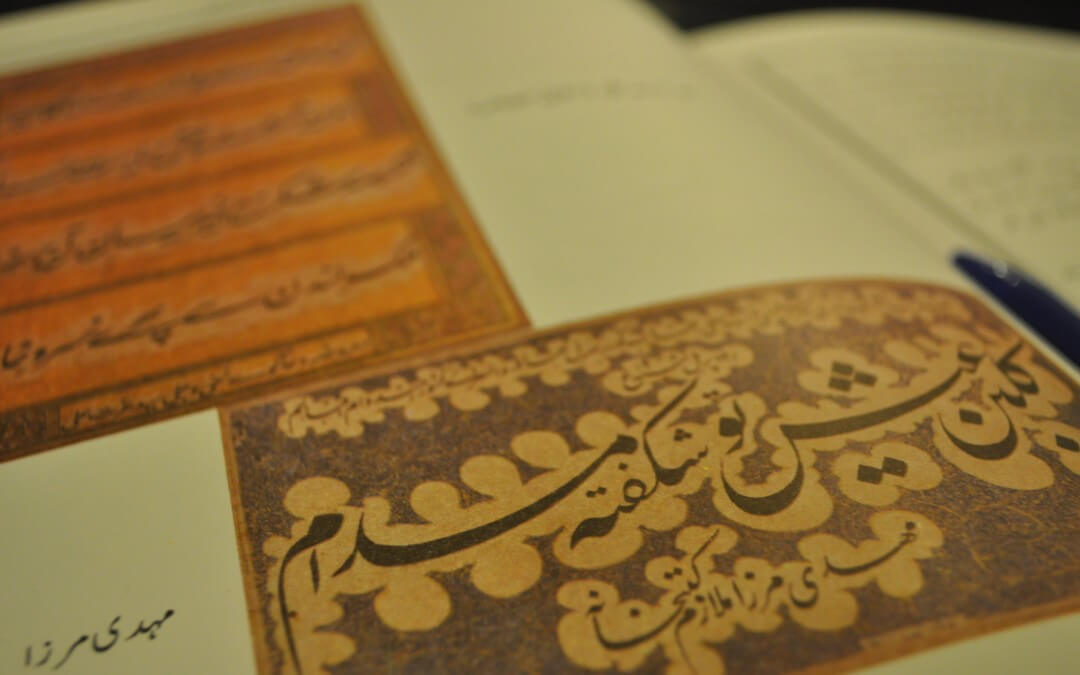Urdu, spoken by approximately 180 million people worldwide, is often referred to as the sister language of Hindi. Like Hindi, Urdu is studied by those aiming to improve their ability to communicate in Pakistan, Northern India, and places with a significant South Asian Diaspora and those interested in immersing themselves in the rich and still vibrant tradition of Urdu prose and poetry.
During the reign of the Delhi Sultanate and most of the Mughal Empire, spanning a time period between roughly 1200 and the 1800s, Persian was the language of the court and was used for official proceedings and record keeping. However, as Persian and Arabic came into contact with numerous local languages and vernaculars, many new dialects emerged along with what came to be known as Hindustani or Urdu. Later Urdu was used for administrative purposes and became a medium of expression for countless writers, poets, and lyricists who have come to be admired and cherished the world over for their poetry, ghazals, novels, and more recently, Bollywood song lyrics. Like Hindi, Urdu draws its vocabulary from various languages such as Persian, Arabic, Sanskrit, Turkish, Punjabi, and English.
In everyday conversation, the distinction between Urdu and Hindi is hardly discernible. The differences only really become evident when comparing their formalized forms.
Read more by Zabaan:

